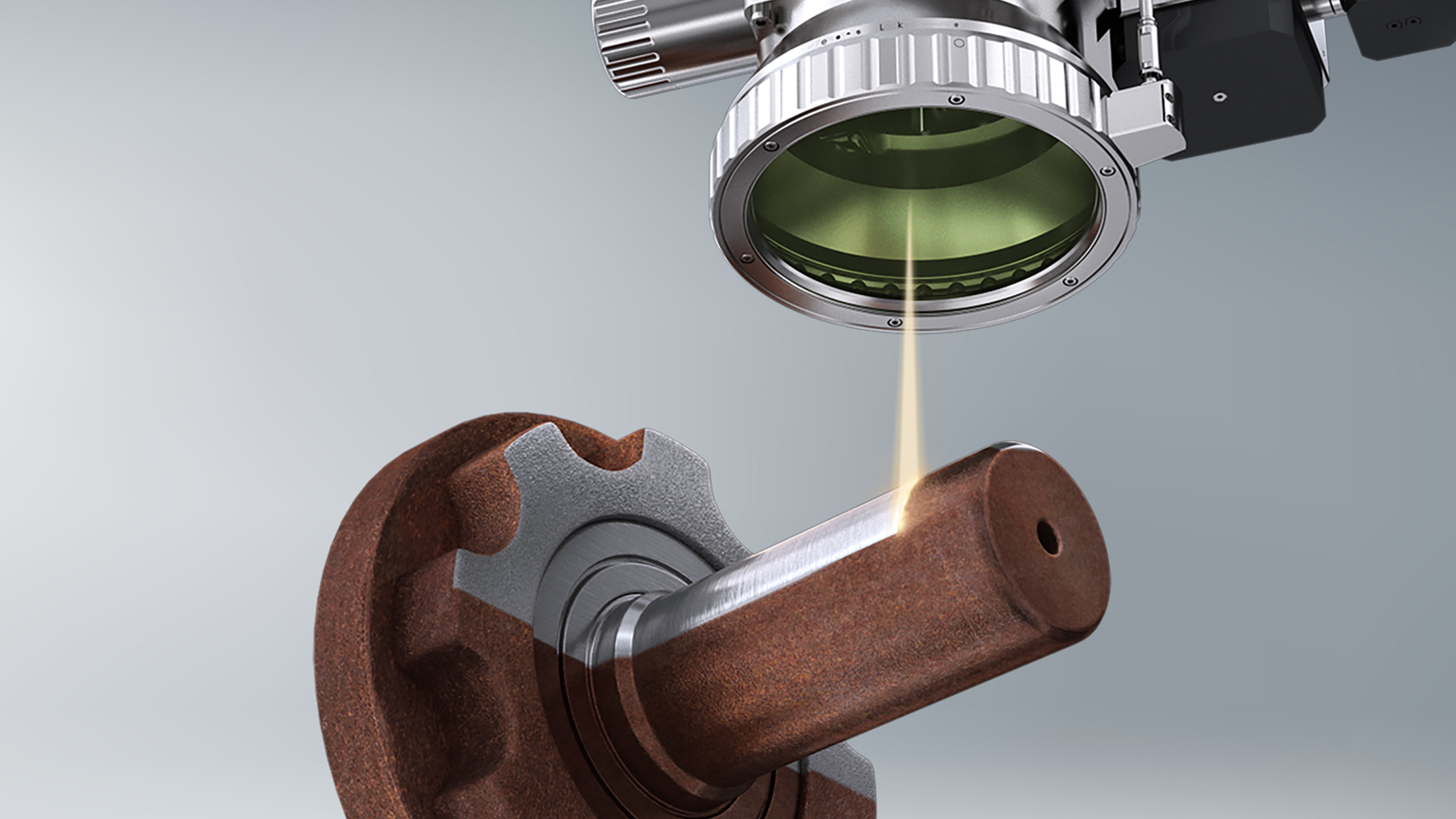Contents

Source: IPG Photonics
Understanding Laser Cleaning: A Comprehensive Guide
Introduction to Laser Cleaning
Laser cleaning is a modern method used to remove unwanted substances such as dirt, paint, oxidized layers, and contaminants from surfaces by applying intense laser light. It is a specialized application of laser ablation and finds utility across various industries, including manufacturing and maintenance operations.
Operation Principle
Basic Principle of Laser Cleaning
Laser cleaning operates on the principle of laser ablation, where light absorption generates heat, leading to the ablation of material. The target material absorbs the intense laser light, converting optical energy into heat, causing a rapid temperature rise and subsequent evaporation of the material. This process may involve partial or complete chemical destruction of the material, with the temperature gradient creating mechanical stress that aids in the removal process.
Lasers for Cleaning
Pulsed lasers, particularly those with nanosecond or shorter pulse durations, are commonly used for cleaning purposes. These lasers reduce the heat load on the cleaned material, a process known as “cold ablation.” High pulse repetition rates are desirable for faster processing speeds. Pulsed fiber lasers and Q-switched solid-state lasers are frequently employed, while excimer lasers are used for materials that absorb ultraviolet light effectively.
Some continuous-wave high-power lasers, such as direct diode lasers and CO2 lasers, are also utilized. These offer high wall-plug efficiency and lower installation costs, although their pulse generation capabilities are limited.
Features of Laser Cleaning Machines
Laser cleaning machines come with various features suitable for industrial applications. Some machines have hand-held cleaning heads, while others are automated with robotic machinery. Suction devices are typically included to remove ablated material and prevent exposure to toxic fumes.
Machines often integrate with conveyor belts for processing multiple pieces and may include process diagnostics, such as cameras. They can be part of larger production processes, providing a seamless cleaning solution.
Advantages and Limitations
Advantages
- High-quality cleaning results.
- Selective removal minimizes the risk of damaging substrate material.
- No contamination from additional substances.
- Highly targeted cleaning, even in difficult-to-access areas.
- No consumables required, reducing operational costs.
- Environmentally friendly, with reduced waste and noise.
Limitations
- High initial equipment cost.
- Maintenance and repair can be expensive.
- Laser safety challenges due to high power requirements.
- Energy consumption is higher than some mechanical methods.
Applications of Laser Cleaning
Industrial Workpieces
In factories, laser cleaning is used to remove unwanted layers from metal, glass, or ceramic workpieces. Industries such as automotive, electronics, and aerospace benefit from this technology.
Gas and Oil Pipelines
Automated cleaning robots use lasers to remove depositions from the inner sides of pipelines, eliminating the need for consumables.
Aerospace and Ships
Laser cleaning is vital for maintaining ships and airplanes, effectively removing deposits from surfaces and parts.
Restoration of Artworks
Laser cleaning helps restore valuable artworks by removing dirt without damaging the original material, thanks to its targeted and selective application.

Source: Amazon.de · Auf Lager
Feel free to comment your thoughts.



